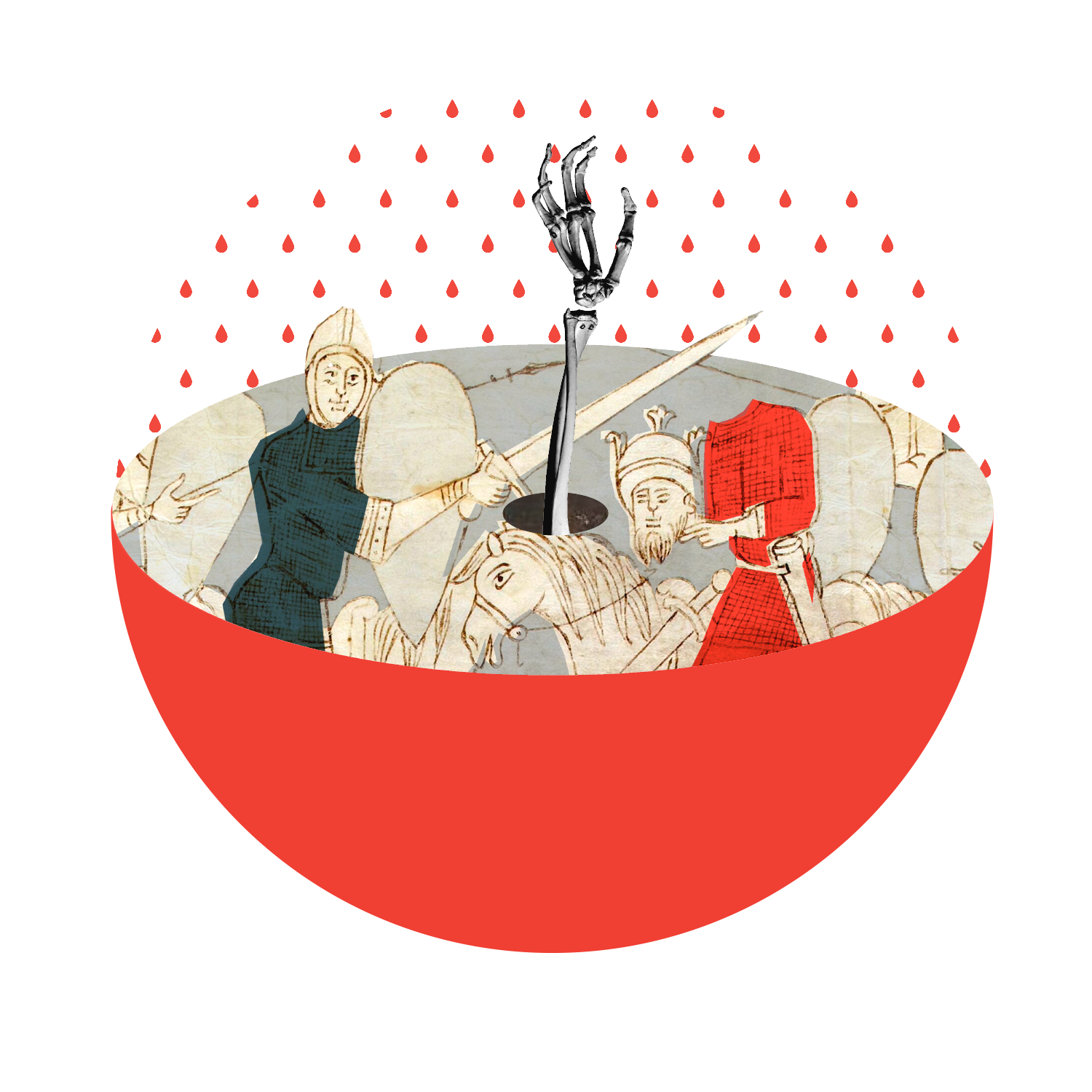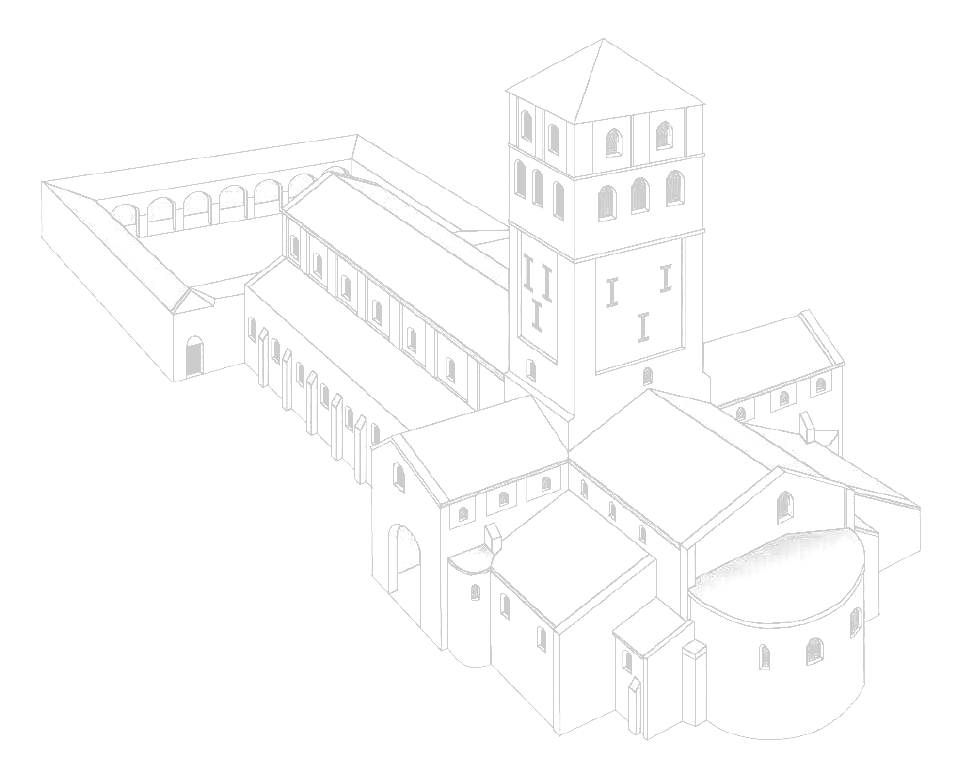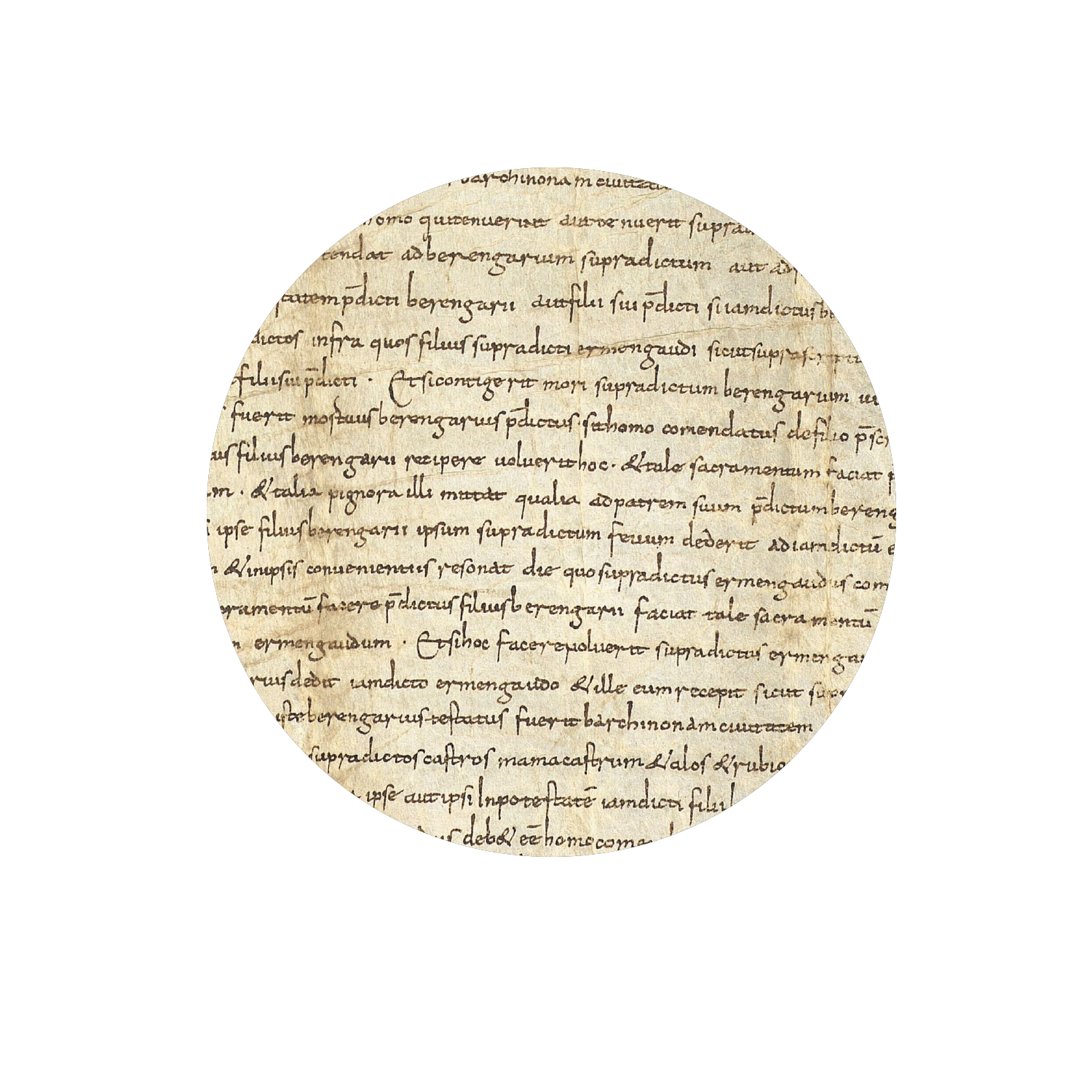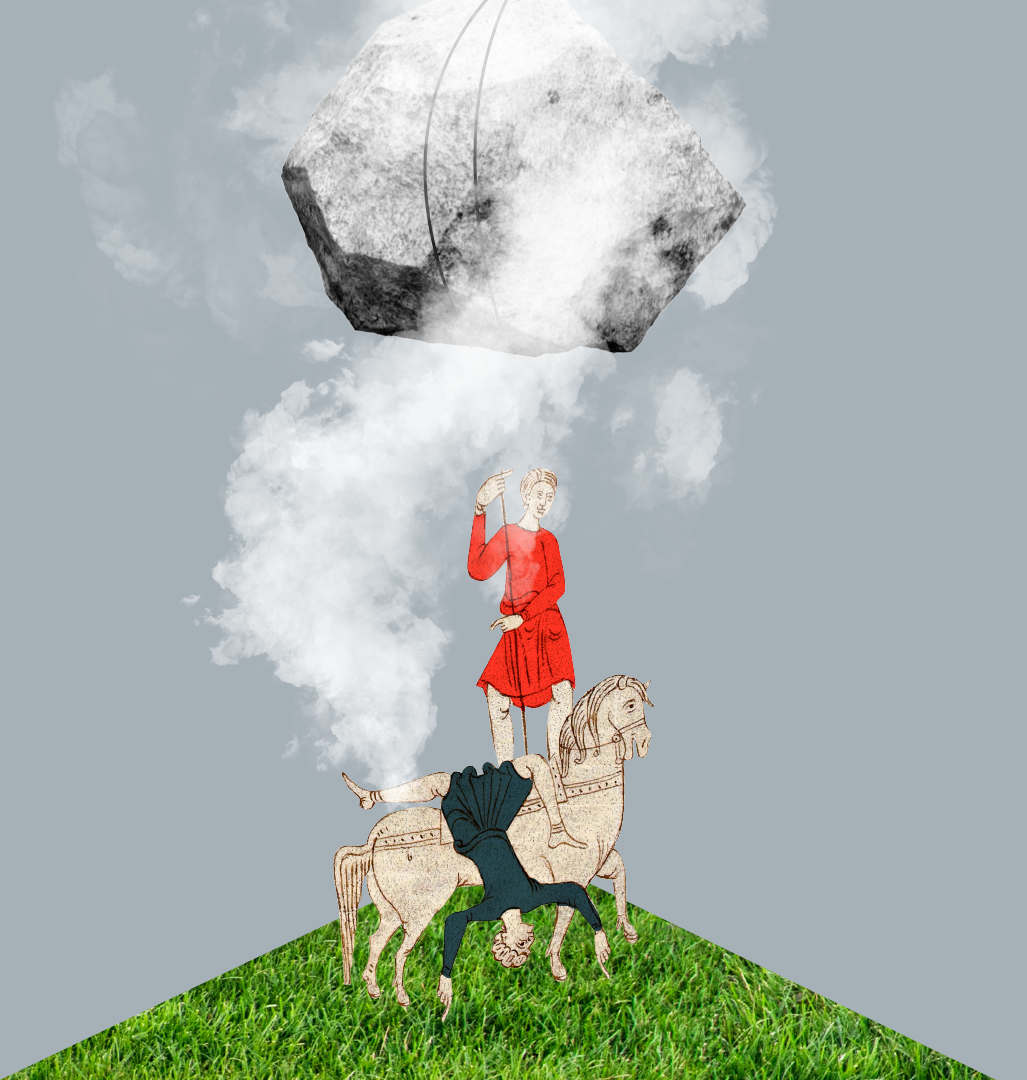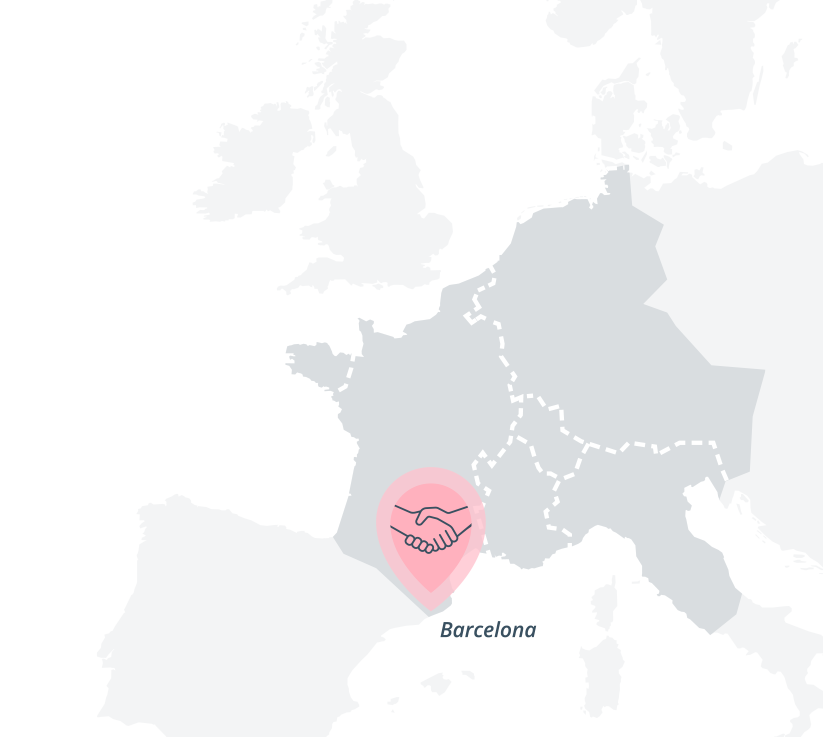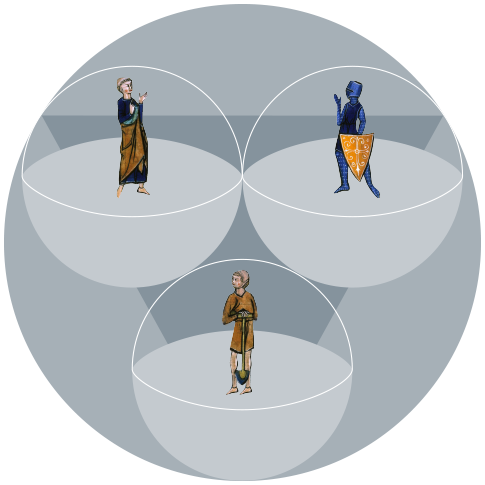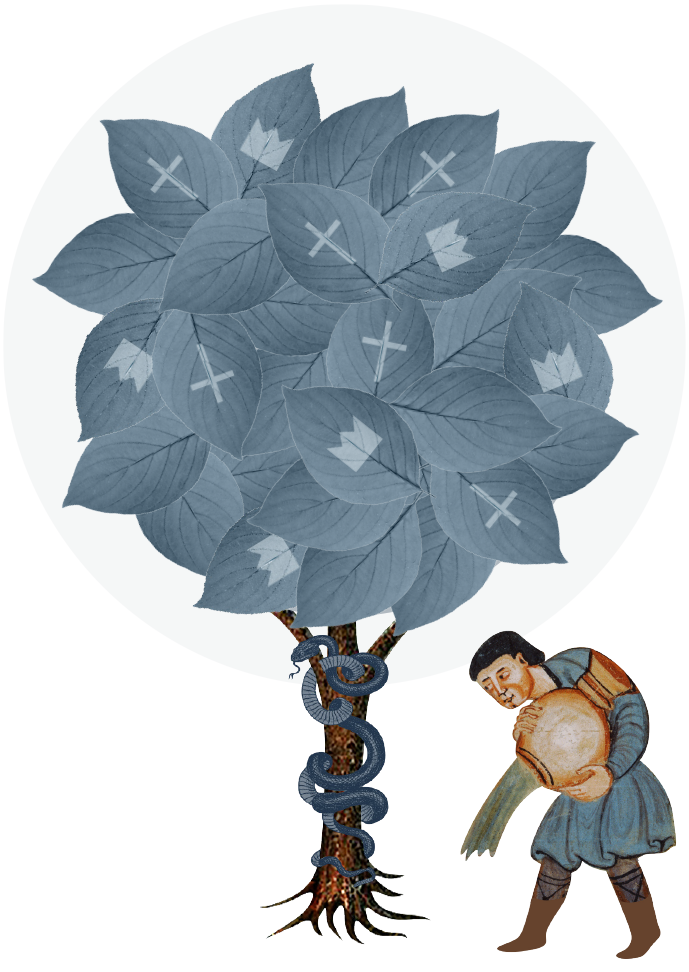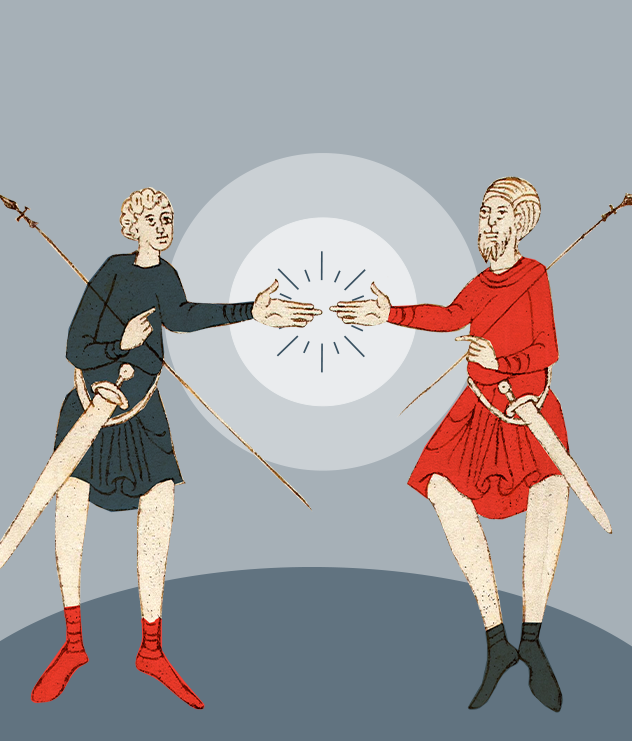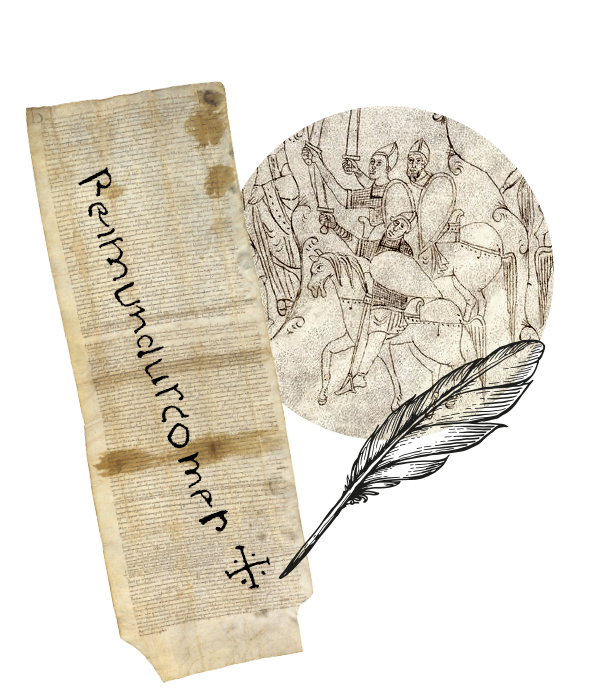The early 11th century was a time when violence and political disorder was rife – or at least, that is how chroniclers at that time described it. The monk Rodulfus Glaber lamented in the 1030s: "Wrath, robbery and sin rule the world, while the sword, pestilence and famine are rampant". Because of accounts like these, historians have long thought that this period saw the traumatic birth of the High Middle Ages. The time around 1000 was regarded as a time of “revolution”: The sovereign's power diminished, the social order was turned upside down and the feudal Middle Ages were born. Today, however, this interpretation has been criticised: after all, violence and division can themselves constitute a stable order.
Isaac Smith
